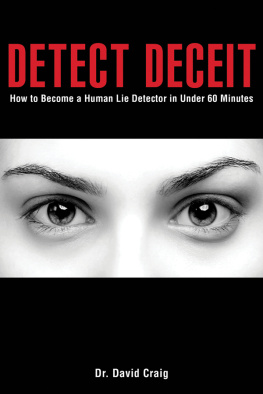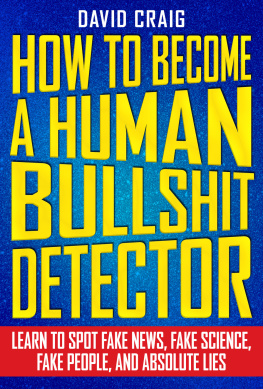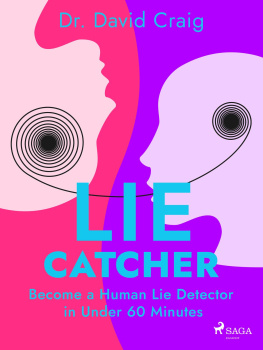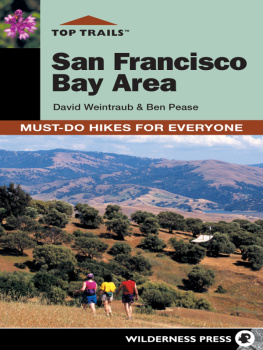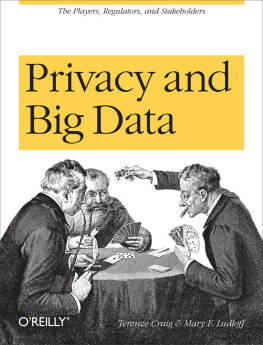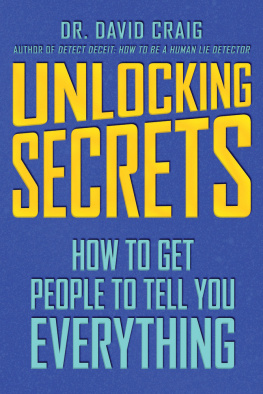This eBook edition published in 2013 by
Birlinn Limited
West Newington House
Newington Road
Edinburgh
EH9 1QS
www.birlinn.co.uk
First published in 1990 by Jonathan Cape, London
First published by Birlinn Ltd in 2006
Copyright David Craig 1990, 2006, 2010
The right of David Craig to be identified as the author of this work has been asserted by him in accordance with the Copyright, Designs and Patents Act 1988
All rights reserved. No part of this publication may be reproduced, stored or transmitted in any form without the express written permission of the publisher.
eBook ISBN: 978-0-85790-596-3
Print ISBN: 978-184158-801-8
British Library Cataloguing-in-Publication Data
A catalogue record for this book is available from the British Library
Version 1.0
FOREWORD TO THE 2010 EDITION
When the North Assynt crofters bought 21,000 acres of their land from a bankrupt Swedish company in 1993 and set up a form of communal ownership, I was unaware whether to see it as a single splendid coup against the old regime, of symbolic value rather than practical and wide-ranging significance. It was good to stay in a B&B in Stoer owned by one of the committee and to hear news of the hydroelectric scheme they were setting up. Would the new Trust last? And would it thrive?
It is still there, doing well, and similar buy-outs and new community set-ups have come into being in Skye, Knoydart, Lewis, North Harris, South Uist, Eigg and elsewhere. So crofters are getting full title to their land at last (if they want it ) and harvesting the full fruits earned from their own resources wind and water (for sustainable energy), the landscape (for the visitors), as well as the age-old ones the fields, the pasture and the sea.
A Runrig song that has always resonated strongly for me is Recovery, sung by Rory Macdonald on the album of that name:
Still the morning comes in on the land
See the new sun red and rising
See the corn turn ripe in the fields
See the growth in the glen
And MacPhersons in Kilmuir tonight
What a night for a people rising
Oh God not before time
Theres justice in our lives
And I cant believe
That its taken all this time
I cant believe
My life and my destiny
After the clans, after the clearings
Here I am recovering.
( 1981 C&R Macdonald/Storr Music)
Twenty-nine years later this no longer sounds like well-meaning rhetoric.
A further heartening development has been the setting up of cultural centres where Highland archives and exhibitions can be housed, for example at Lochmaddy on North Uist, Kildonan on South Uist, Castlebay on Barra and Gairloch in Wester Ross. As the peoples memoirs on which this book depends inevitably shrink and disperse, at least they can be supplemented by the pictorial and other records which are being lovingly collected in those places.
David Craig
January 2010
INTRODUCTION TO THE 2006 EDITION
As I worked on the new edition of this book in the early summer of 2005, the papers and television were constantly reporting the Zimbabwe governments clearance of people from their homes in Harare, Bulawayo, and other towns, and their dumping in transit camps: more than 50,000 families, more than 300,000 people. From time to time President Mugabes spokesmen used the phrase slum clearance. The Highland Clearances happened piecemeal, over seventy years, and were less thorough they came before the invention of the petrol engine and the centralised police force, the bulldozer and the truck, among other things. Although the culture and politics of the two countries were unalike in many ways, the patterns of personal experience had a good deal in common: the helpless outrage, the nightmarish hardships, as those in power solved their problems by more or less draconic means.
Still closer to the Scottish events described in this book were earlier cases in Rhodesia/Zimbabwe. In the 1940s the colonial government was clearing African farmers off their land to make way for British settlers. In 1997 Ephraim Nyakujare, aged 83, recalled his eviction from the Nyanagudzi river valley, where he grew maize, soya beans, sorghum, and rice on good red soil. His detailed memories are exactly the same as hundreds I have gathered in the Highlands and Islands and Canada, and reproduce in the following pages: We carried things on our heads and packed belongings in a cart. We had six cattle then. The Rhodesians destroyed our huts as we left. Anyone who resisted was arrested and their belongings destroyed. We tried to come back to see our ancestors graves, but they wouldnt let us. They were settled on a smaller plot, with many rocks, poor soil and less rainfall.
With that apart from the rain compare the clearance situation on South Uist and Eriskay, or Assynt and Coigach, or the north coast of Sutherland: the gruelling ordeals are the same, the razing of houses, the trashing of household goods, the relocation to bleak terrain. And the emotional wrenching is the same. Although the evicted people had often been living in cramped houses on tiny smallholdings, harried by shortages and sometimes famine, home was home and the clinging onto it was desperate. A boatman from Rona, north of Raasay, remembered seeing people going to the churchyard in their grief at being separated from their homes, and taking handfuls of the soil and grass that covered the graves of their kindred, as mementoes. This was typical. The son of a man from Howbeg in South Uist took earth from the floor of his fathers house to be put in his coffin when he was buried in France. A man from Rum who left with fifty-four others at the final clearance in 1852 came back from Canada around 1860, hoping for the site of his two soles of a bothy and the breadth of his two shoulders of a grave in the land of his heredity and the land of his fathers. Denied these, he went back to Canada with a handful of earth from St Michaels burial ground in South Uist, which a 102-year-old woman cleared from Ormacleit had asked him to bring back so that he could place it on her heart on the day of her death.
This kind of deep-seated ritual was ingrained in Highland life, in longstanding habitation of a place. Early in the 20th century, a Lewisman, William MacKenzie of Shulishader in Point, emigrated to Thunder Bay in Ontario after his wifes death. Before leaving, he visited his wifes grave in Aignish where he pulled a tooth from his head and buried it in her grave, so that something of him would remain in Lewis with her.
Such stories, or memoirs, are to my mind the prime stuff of history because they bring home to us what it was like to experience a cruel or trying point in a social process, what it felt or smelt like, what you had to do to stay alive, how you swallowed (or nurtured) your worries or your anguish. Such memoir is still there, in spite of one historians suggestion that The events [of the Highland Clearances] have now receded into the distant past, and the crass assertion of another that Highlanders largely lacked... the ability of fluent self-expression, so that we cannot find out their motivations. In Skye and Tiree and Yell, in Ardnamurchan and Sutherland and Harris and Mull, I have again and again been brought close to the evictions, and the later fight-backs against them, as I have listened to crofters and teachers and retired people as they recalled their forebears experiences, often in words passed down through anything from one to six generations.



